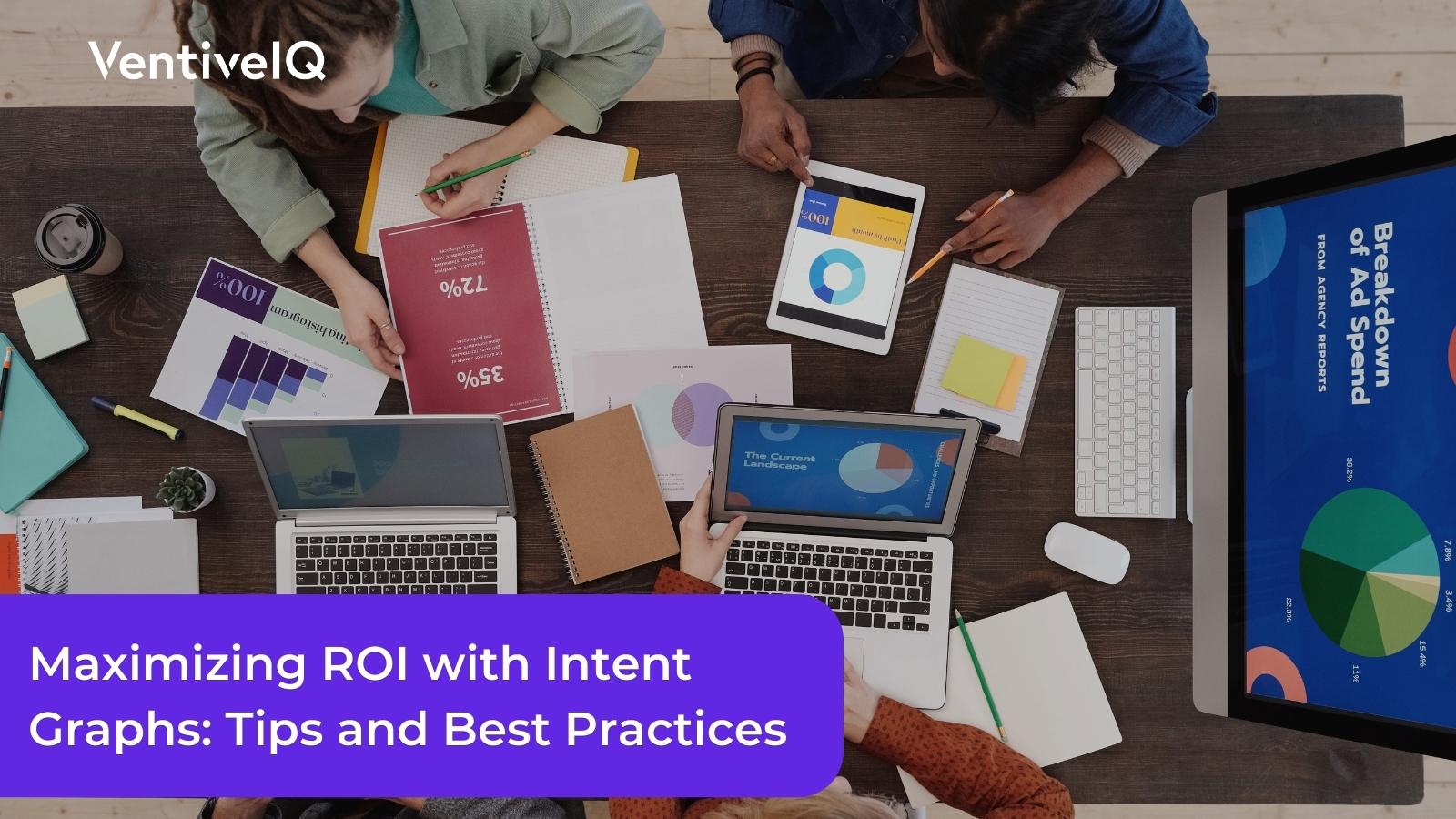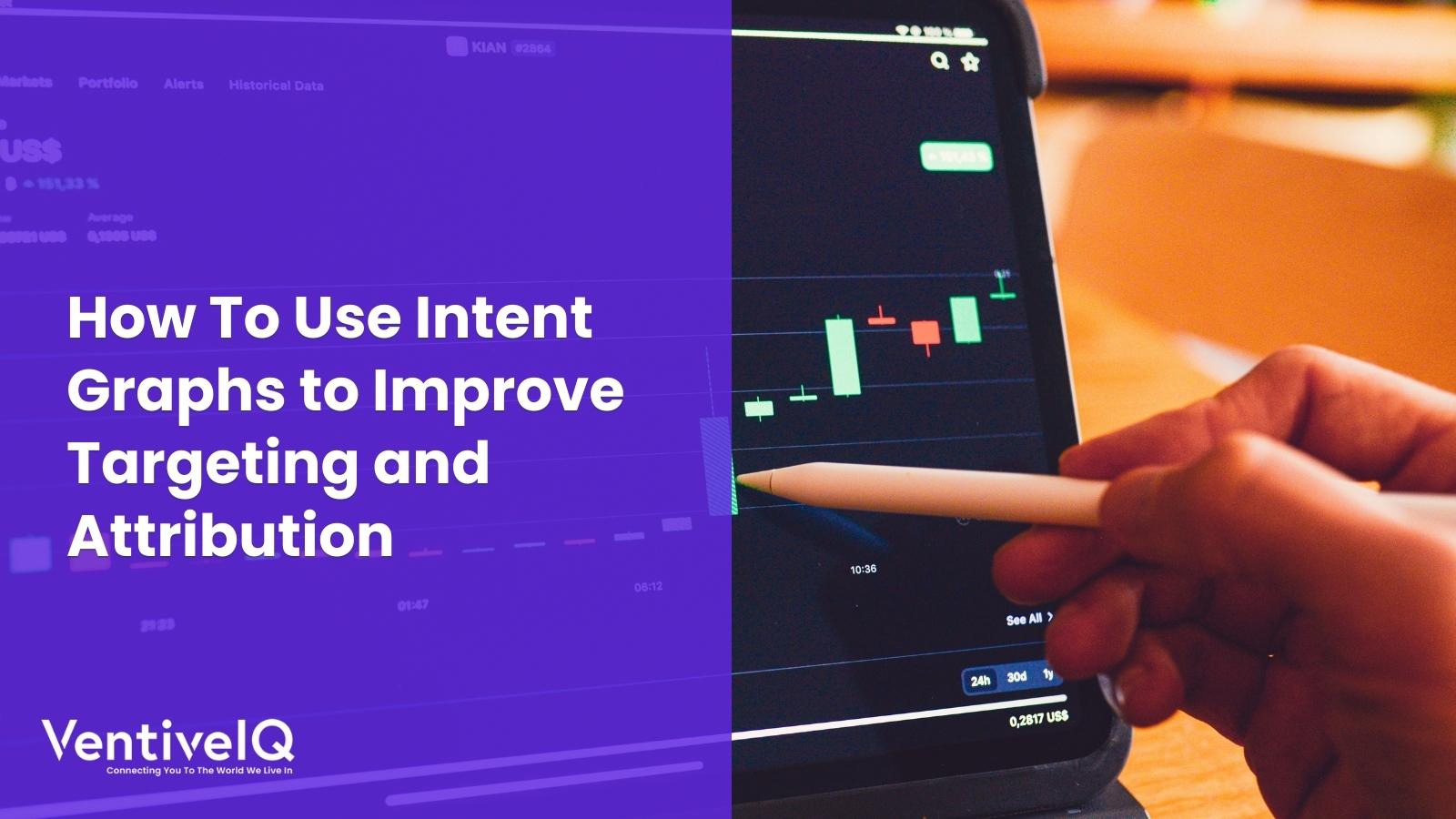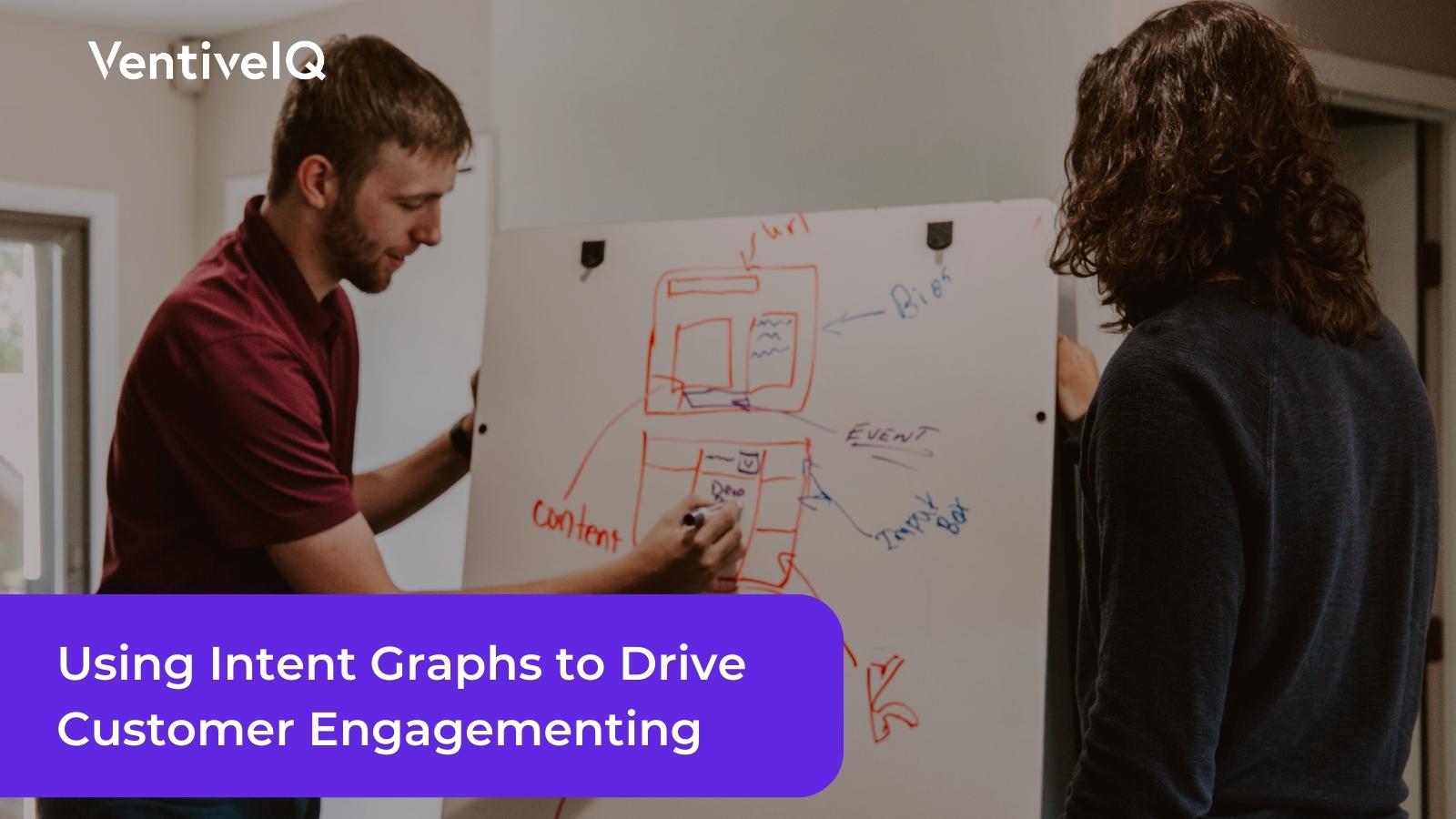Introduction
In the rapidly evolving world of digital marketing, staying ahead of the competition requires a deep understanding of consumer behavior and intent. One powerful tool that marketers can leverage to maximize return on investment (ROI) is the intent graph. Intent graphs provide valuable insights into consumers’ preferences, interests, and purchase intent, enabling marketers to deliver highly targeted and personalized campaigns. In this blog, we will explore the concept of intent graphs and provide actionable tips and best practices for marketers to effectively leverage them in their campaigns.

- Understanding Intent Graphs
Intent graphs are graphical representations of consumers’ intent signals and behavior across multiple touchpoints. They capture data from various sources, including search queries, website visits, social media interactions, and purchase history. By analyzing and mapping these signals, marketers can gain valuable insights into consumers’ preferences, interests, and purchase intent. Intent graphs help marketers identify patterns, trends, and correlations, enabling them to make data-driven decisions and optimize their marketing strategies.
- Collecting and Analyzing Intent Data
To build an effective intent graph, marketers need to collect and analyze intent data from various sources. This can be done through tools like website analytics, social media listening platforms, customer relationship management (CRM) systems, and third-party data providers. By integrating data from multiple sources, marketers can gain a holistic view of consumer behavior and intent. It is important to ensure data accuracy and quality to derive meaningful insights from intent graphs.
- Segmenting and Targeting
Once marketers have access to intent data, the next step is to segment and target specific audiences based on their intent signals. Intent graphs enable marketers to identify different segments of consumers with similar interests, needs, and purchase intent. By segmenting the audience, marketers can create personalized and tailored marketing campaigns, delivering the right message to the right people at the right time. This targeted approach increases the chances of conversion and maximizes ROI.
- Personalization and Customization
Intent graphs allow marketers to personalize and customize their marketing efforts to a granular level. By understanding consumer preferences and intent signals, marketers can deliver highly relevant content, offers, and recommendations. Personalization increases engagement and conversion rates as consumers feel understood and valued. Marketers can use intent graphs to create dynamic content, personalized email campaigns, and targeted ads that resonate with the audience, leading to higher ROI.
- Optimizing Campaigns
Intent graphs provide insights into the effectiveness of marketing campaigns. Marketers can analyze the data within the intent graph to understand which campaigns are driving the desired outcomes and which ones need optimization. By continuously monitoring and analyzing intent data, marketers can make data-driven decisions to optimize their campaigns, allocate budgets effectively, and refine their strategies. This iterative process ensures that marketing efforts are constantly improved, resulting in higher ROI.
- Integration with Marketing Automation
Integrating intent graphs with marketing automation platforms can further enhance the effectiveness of marketing campaigns. By automating the delivery of personalized content and offers based on consumers’ intent signals, marketers can scale their efforts and deliver consistent experiences across multiple channels. Marketing automation enables marketers to respond to intent signals in real time, ensuring timely and relevant interactions with consumers. This integration can significantly improve ROI by streamlining marketing processes and increasing efficiency.
- Privacy and Ethical Considerations
While intent graphs provide valuable insights, it is crucial for marketers to prioritize consumer privacy and adhere to ethical practices. Marketers should ensure compliance with data protection regulations and obtain proper consent before collecting and using consumer data. Transparency in data collection and usage builds trust with consumers and strengthens the brand’s reputation. Marketers should also be mindful of data security measures to protect consumer information.

Benefits of Using Intent Graphs
There are many benefits to using intent graphs for marketing. Here are a few of the most important:
- Increased ROI: Intent graphs can help you increase ROI by helping you reach your target audience with the right message at the right time. This can lead to more conversions and sales.
- Improved customer satisfaction: Intent graphs can help you improve customer satisfaction by providing them with more relevant and helpful information. This can lead to repeat business and positive word-of-mouth.
- Better decision-making: Intent graphs can help you make better marketing decisions by providing you with insights into your target audience’s behavior. This can help you allocate your marketing budget more effectively and improve your overall marketing strategy.
4 Valuable Tips for Using Intent Graphs
There are a few things you can do to get the most out of intent graphs. Here are a few tips:
- Use the right data: The data you use to create your intent graph is critical. Make sure you’re using data that is relevant to your target audience and that is accurate.
- Segment your audience: Once you have your data, you need to segment your audience. This will help you create more targeted marketing campaigns.
- Create relevant content: Once you know your audience, you need to create content that is relevant to their interests. This will help you capture their attention and keep them engaged.
- Measure your results: It’s essential to measure the outcome of your marketing campaigns so you can see what’s working and what’s not. This will help you enhance your campaigns over time.

5 Best Practices for Marketers
Here are a few best practices for marketers who want to use intent graphs effectively:
- Start with your goals: What do you want to achieve with your marketing campaigns? Once you know your goals, you can start to identify the right intent graphs to use.
- Use a variety of data sources: The more data you have, the better your intent graphs will be. Make sure you’re using data from a variety of sources, including search engine queries, social media activity, and website traffic.
- Segment your audience: Once you have your data, you need to segment your audience. This will help you create more targeted marketing campaigns.
- Create relevant content: Once you know your audience, you need to create content that is relevant to their interests. This will help you capture their attention and keep them engaged.
- Measure your results: It’s important to measure the results of your marketing campaigns so you can see what’s working and what’s not. This will help you improve your campaigns over time.
Conclusion
Intent graphs are a powerful tool that can help you improve your marketing ROI. By understanding your target audience’s intent, you can create more targeted and relevant marketing campaigns. This can lead to increased conversions, sales, and customer satisfaction. By following these best practices, marketers can harness the power of intent graphs to drive better results, improve ROI, and stay ahead in the competitive landscape of digital marketing. With a deep understanding of consumer intent, marketers can deliver highly targeted and engaging campaigns that resonate with their audience, leading to increased conversions and business success.


